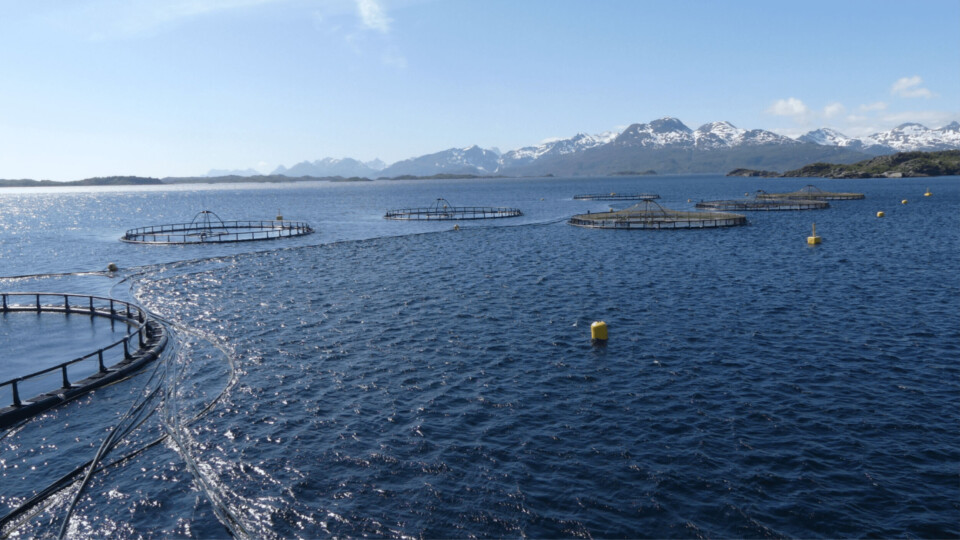
Is virus mutation to blame for Norway ISA increase?
An increase in infectious salmon anaemia (ISA) outbreaks in Norway this year may be linked to changes in the ISA virus, the Norwegian Veterinary Institute suspects.
The Veterinary Institute’s report on ISA for the first seven months of the year shows a total of 16 new sites with confirmed ISA and five sites under suspicion (one of which was culled without confirmation). The corresponding figures for the first seven months of 2019 were five confirmed cases and one facility under suspicion.
There were six confirmed cases of ISA in June and July, one each in Rogaland and Hordaland in the south, and four in Troms and Finnmark in the north. In addition, ISA is suspected at three other locations in Troms and Finnmark.
Non-virulent to virulent
In those cases where there is no known source of infection, the Veterinary Institute said one explanation may be that the disease-causing ISAV HPR-deleted can develop from the non-disease-causing ISAV HPR0.
Such a change from non-virulent to virulent ISAV in the field is described in a publication from the Faroe Islands published in 2017. Some of the cases in Norway this year may be due to changes in the original ISAV HPR0 to ISAV HPR-deleted that may cause clinical outbreaks.
“When the HPR0 variant of the ISA virus is present, new pathogenic virus variants may gradually develop,” said the Veterinary Institute.
Link with hatcheries
“It is relatively rare that it happens, and we currently do not know what drives it. This is something we must pay close attention to. We do this through close collaboration with the Norwegian Food Safety Authority and the industry.
“To clarify transmission routes, we rely on good data from affected facilities. The combination of the results from the monitoring program for ISAV HPR0 in hatcheries and kinship analyses of viruses from various ISA outbreaks in the sea are important contributions to this work.
“We have also increased the focus on biosafety in hatcheries using RAS technology because we see that in some cases there is a relationship between non-pathogenic viruses found in hatcheries and pathogenic virus variants found in marine facilities.”






















































